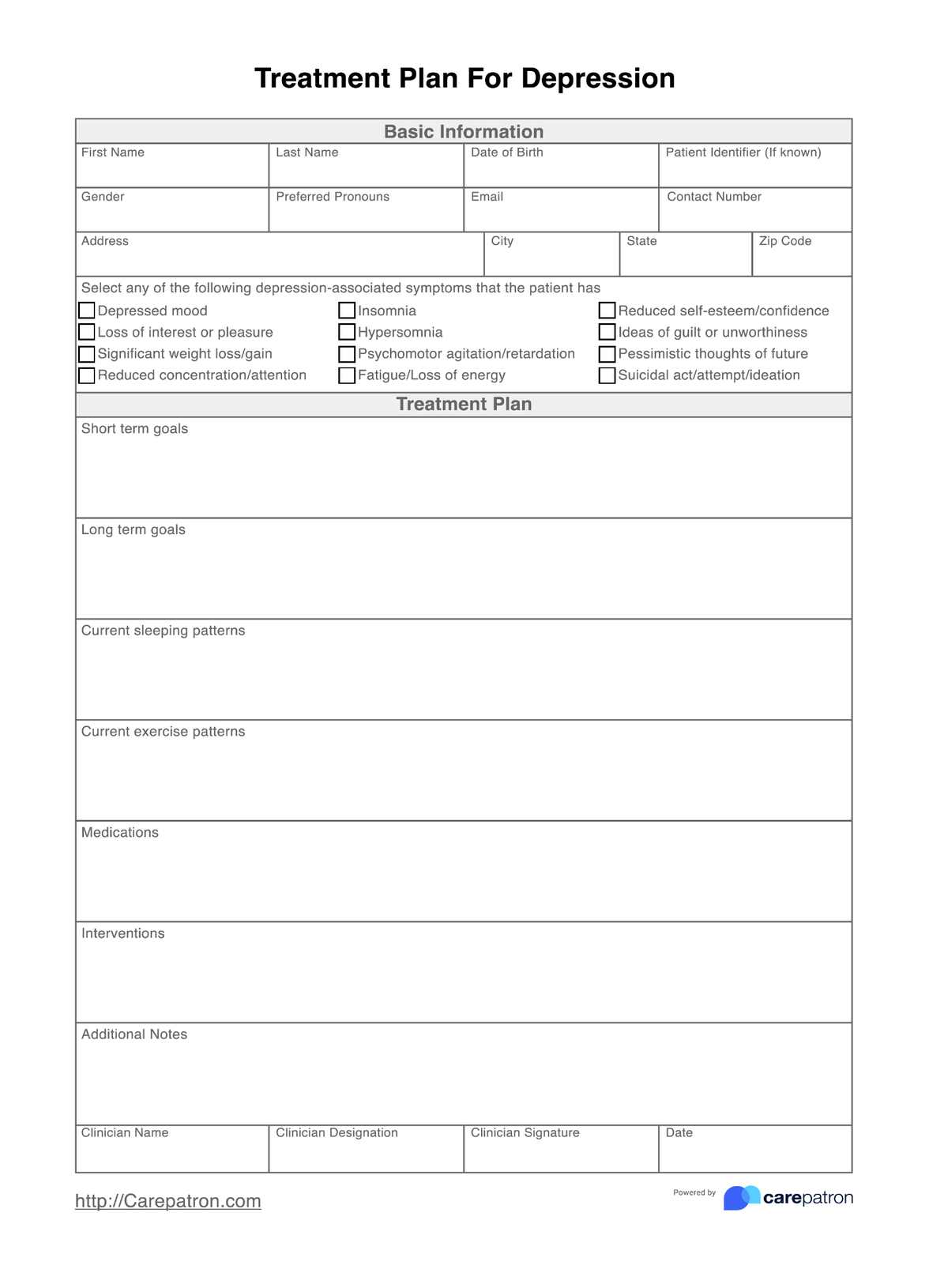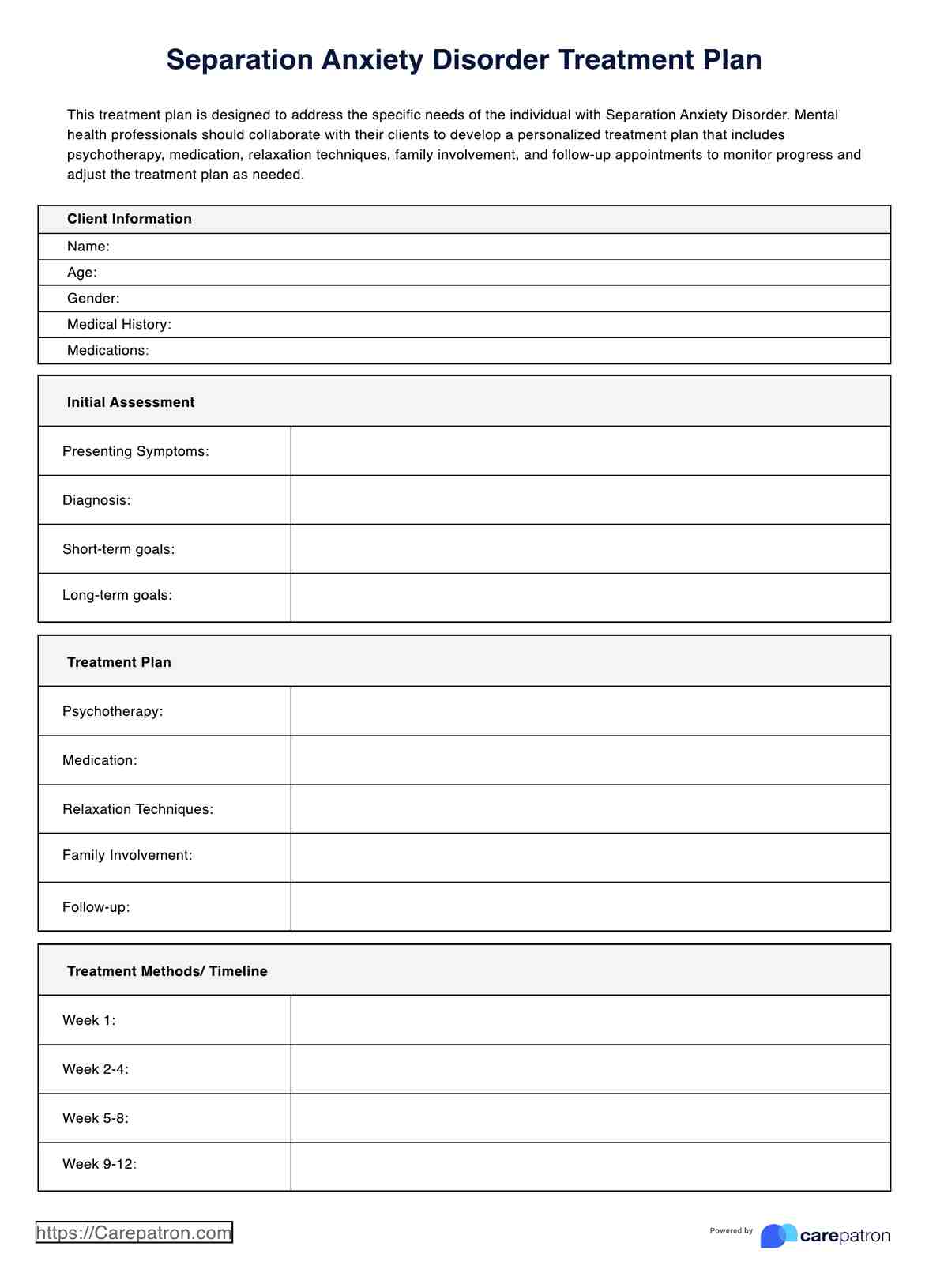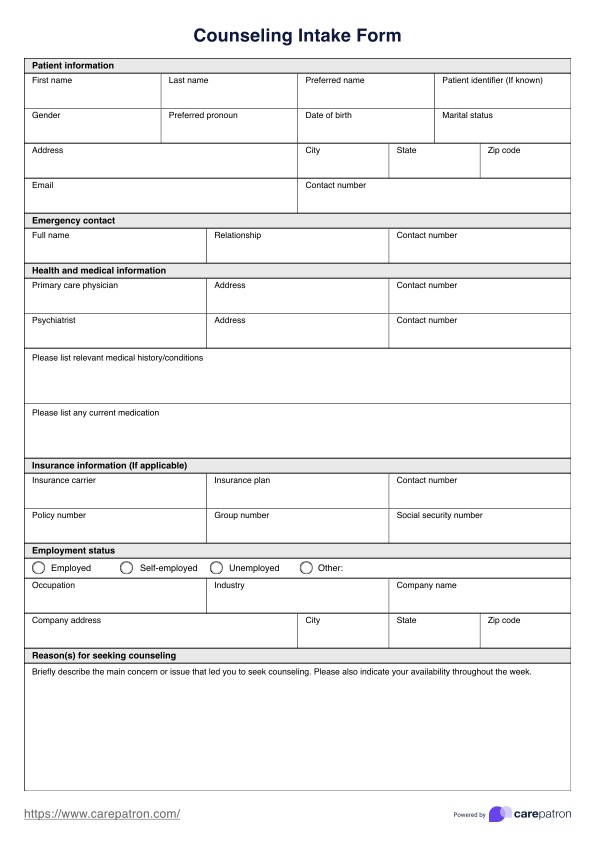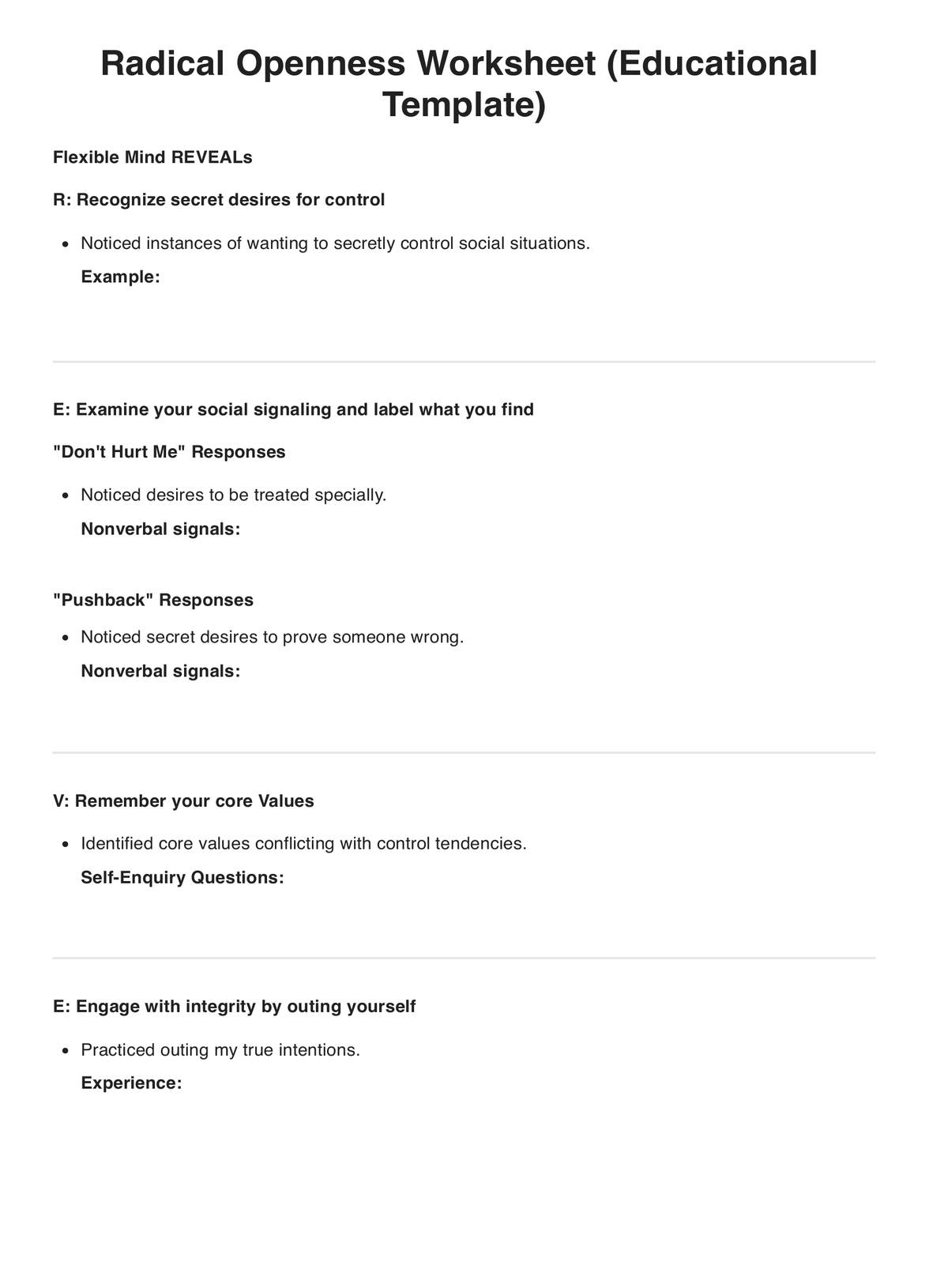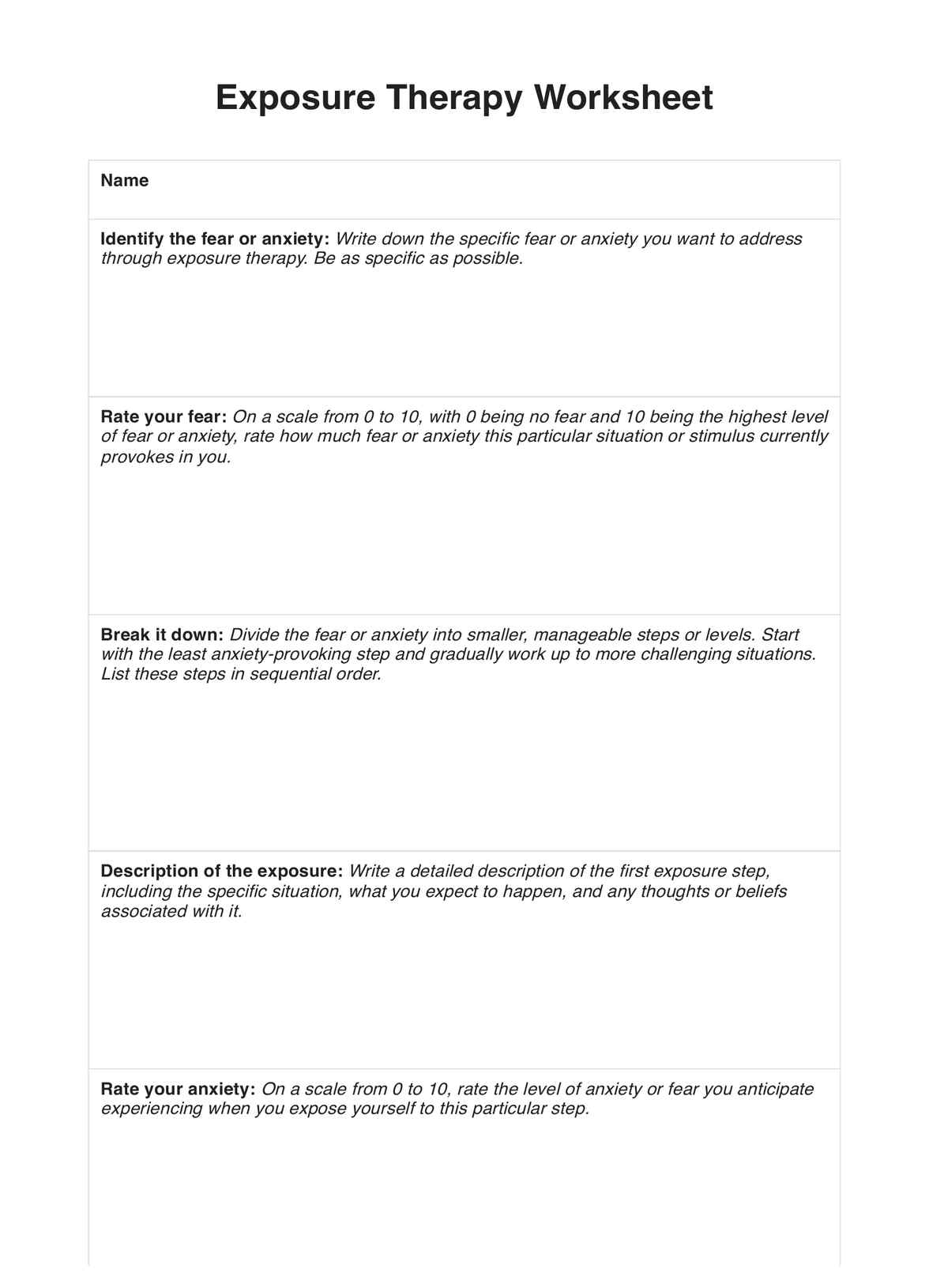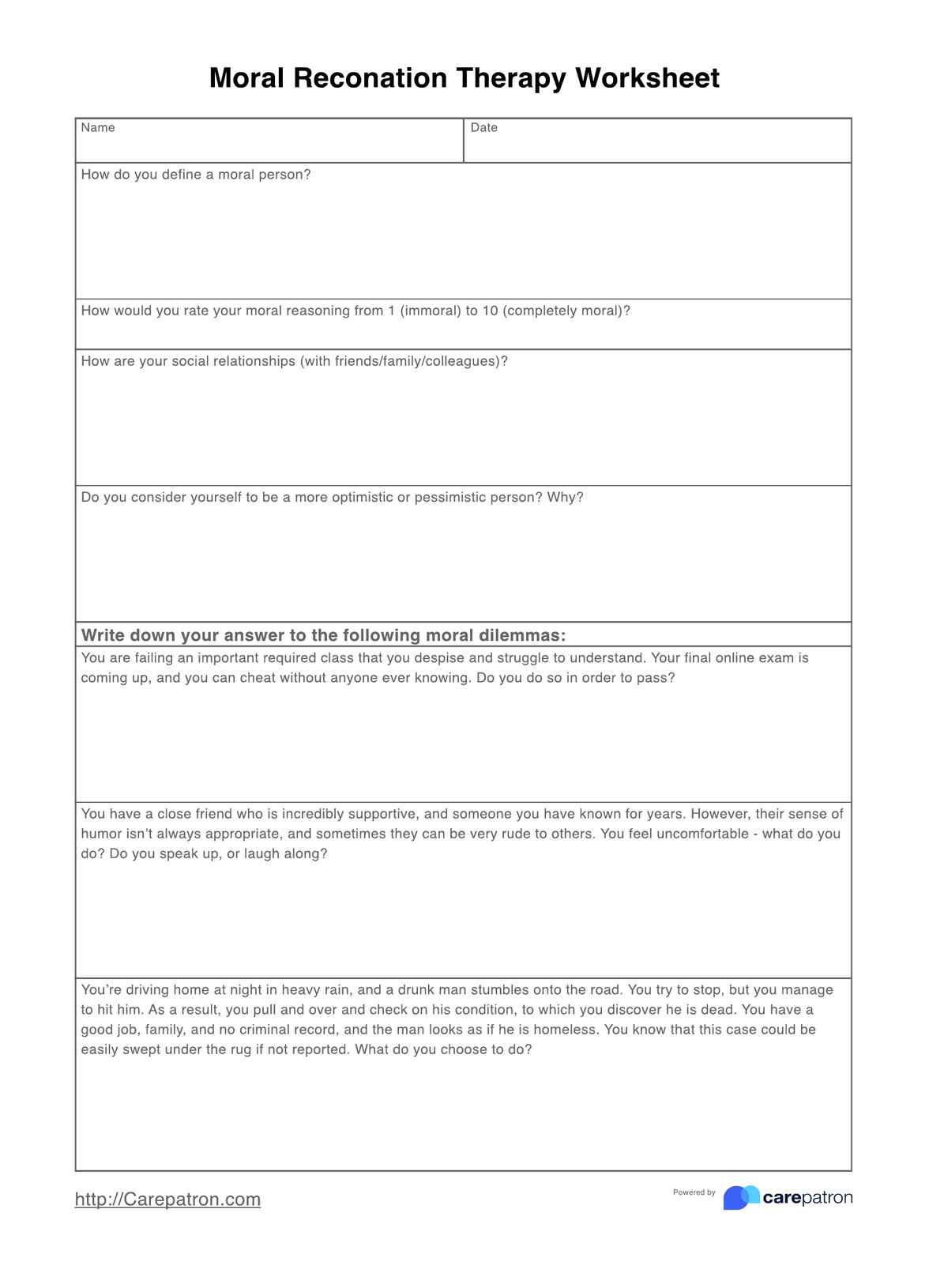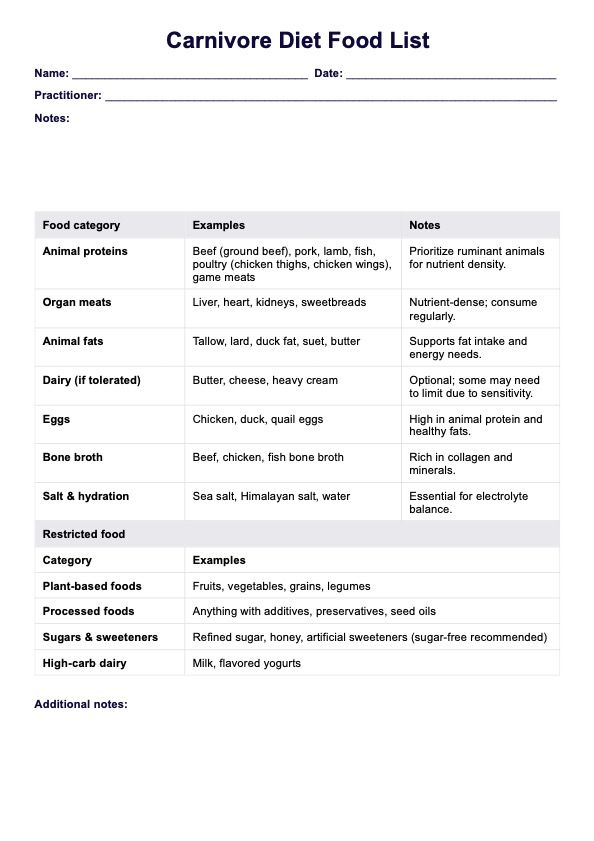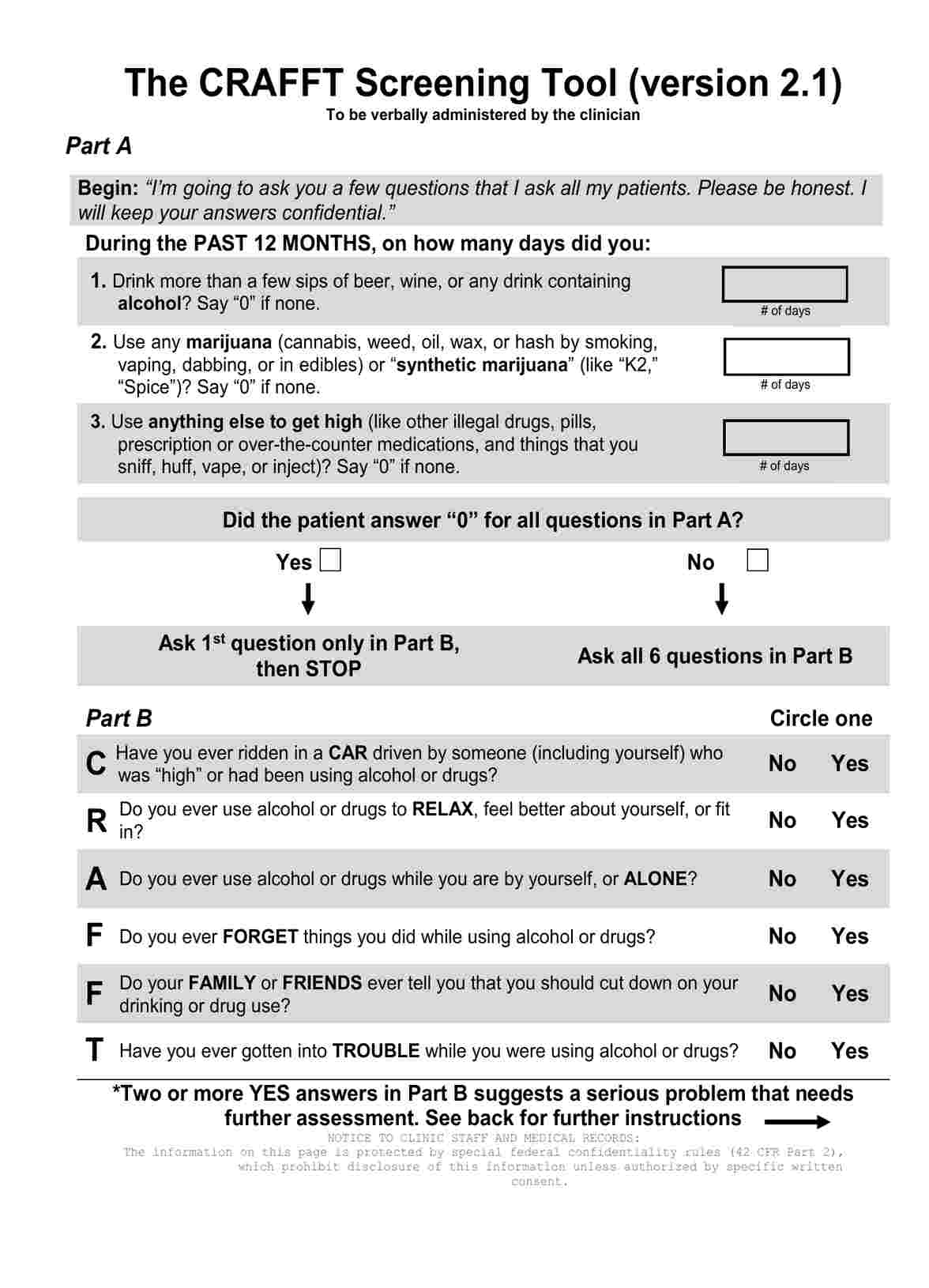Mindfulness Walk Worksheet
Take a break and focus on the present. Download our Mindfulness Walk Worksheet for your mindful walking sessions.


What is mindfulness?
As a mental health professional, seeing stress, anxiety, and emotional turmoil manifesting in your patients — children, teens, adults, and even an entire group is probably a daily occurrence. These feelings can stem from various factors like putting too much pressure on their selves that they forget to have fun sometimes.
Jon Kabat-Zinn, the developer of Mindfulness-Based Stress Reduction, views mindfulness as cultivating nonjudgmental awareness through meditation. It is rooted in Buddhist traditions but applicable universally. Its integration into Western culture has led to widespread practice and facilitated mindfulness-based interventions, offering insights into human experience and cognitive science (Kabat-Zinn, 2003).
Core principles of mindfulness
There are seven pillars or core principles to mindfulness as outlined by Kabat-Zinn. They are the following:
- Non-judging: Observe your thoughts and feelings without labeling them good or bad.
- Patience: Understand that progress takes time and fully allow yourself to experience the present moment.
- Beginner's mind: Approach each experience with curiosity and openness, free from assumptions.
- Trust: Believe in the process and your ability to learn and grow.
- Non-striving: Focus on the experience itself rather than forcing a particular outcome.
- Acceptance/Acknowledgment: Recognize and validate your thoughts and feelings without clinging to them.
- Letting go: Release attachment to thoughts, emotions, and desires that no longer serve you.
Mindfulness Walk Worksheet Template
Mindfulness Walk Worksheet Example
What is a mindfulness walk?
A mindfulness walk is just like regular walking. But unlike when we sometimes walk with our minds constantly preoccupied, mindful walking prompts us to truly engage with and notice our surroundings.
The idea is to slow down, feel your body, engage your senses, and be present. It's taking time to walk and not minding whether or not you're getting somewhere fast. It allows your body to feel the sensory experiences, taking in closely the details around you and bringing your mind to focus when it starts to wander.
Benefits of mindfulness walks
Regardless of age, mindfulness is a skill that can offer many benefits to those needing it. Here, we will enumerate some:
- Reduces stress and anxiety: Because it keeps you moving, it releases endorphins or the 'feel-good' hormones.
- Improves mood and well-being: Spending time with nature can improve mood and well-being. Even during the pandemic, a study revealed that mindful walking outdoors can enhance mental health, promote sleep, and improve mood (Ma et al., 2022).
- Enhances focus and concentration: Mindful walking directs you to purposefully pay attention to your surroundings. Thus, it trains your mind and helps you to get back on track when it wanders. In older adults, regular practice may improve short- or long-term cognition (Yang et al., 2021).
- Increases body awareness: As you walk mindfully, you pay attention to the sensations in your body – the feel of your feet on the ground, the rhythm of your breath, and the movement of your muscles. This heightened awareness can help you identify areas of tension or discomfort and learn to relax.
What is a Mindfulness Walk Worksheet?
This worksheet guides clients on following during their mindful walk in nature. It's designed to encourage keen observation of their surroundings and facilitate a deeper connection with the outside world. Among its goals are to develop a regular mindful practice, instill focus, and detach from worries and anxieties.
How to use our Mindfulness Walk Worksheet template
Today, we'll explore this worksheet to guide your clients through a mindful journey outdoors. This worksheet will help them connect with the present moment, engage their senses, and foster a relaxed mind amidst nature's beauty. Follow these steps to get started:
Step 1: Download the template
First, ensure you have the Mindfulness Walk Worksheet ready for use. Download it on a device and read the instructions. You may also print it if your client wants something tangible to work on during the mindfulness walk session.
Step 2: Setting intentions
After you fill out your client's details, proceed to set intentions. Because intention setting helps them focus and establish a purpose for their journey, encourage your clients to reflect on what they hope to achieve from their mindful walk.
Step 3: Sensory exploration
Next, prompt your clients to engage their senses fully on the table. They can use the worksheet's prompts to record their observations of sight, sound, smell, taste, and touch. Encourage them to explore their environment mindfully by paying attention to even the most minor details.
Step 4: Gratitude practice
After engaging their senses, guide your clients to practice gratitude. The act allows them to reflect on the beauty and abundance present in their surroundings. The worksheet prompts them to list three things they are grateful for in the present moment. When they regularly do this, it helps cultivate a deeper understanding and appreciation of the world around them.
Step 5: Closing reflection
Remind your clients to reflect on their experience as the mindful walk ends. Invite them to consider how they feel compared to when they began the practice. This is where they write down insights or learnings from their walk. One of the best ways to help cement their understanding and reinforce the benefits of mindful awareness is to have them end with a reflection.
References
Ma, J., Williams, J. M., Morris, P. G., & Chan, S. W. Y. (2022). Effectiveness of a mindful nature walking intervention on sleep quality and mood in university students during Covid-19: A randomised control study. EXPLORE, 19(3). https://doi.org/10.1016/j.explore.2022.08.004
Kabat-Zinn, J. (2003). Mindfulness-Based Interventions in Context: Past, Present, and Future. Clinical Psychology: Science and Practice, 10(2), 145. https://doi.org/10.1093/clipsy.bpg016
Yang, C.-H., Hakun, J. G., Roque, N., Sliwinski, M. J., & Conroy, D. E. (2021). Mindful walking and cognition in older adults: A proof of concept study using in-lab and ambulatory cognitive measures. Preventive Medicine Reports, 23, 101490. https://doi.org/10.1016/j.pmedr.2021.101490
Commonly asked questions
Anyone can! It's suitable for all ages and fitness levels.
You can use it to de-stress, improve focus, or connect with nature. Try it during a lunch break, after work, or even on a weekend hike.
The worksheet can guide a short 10-minute walk or a more extended exploration. It's all about what works for you.


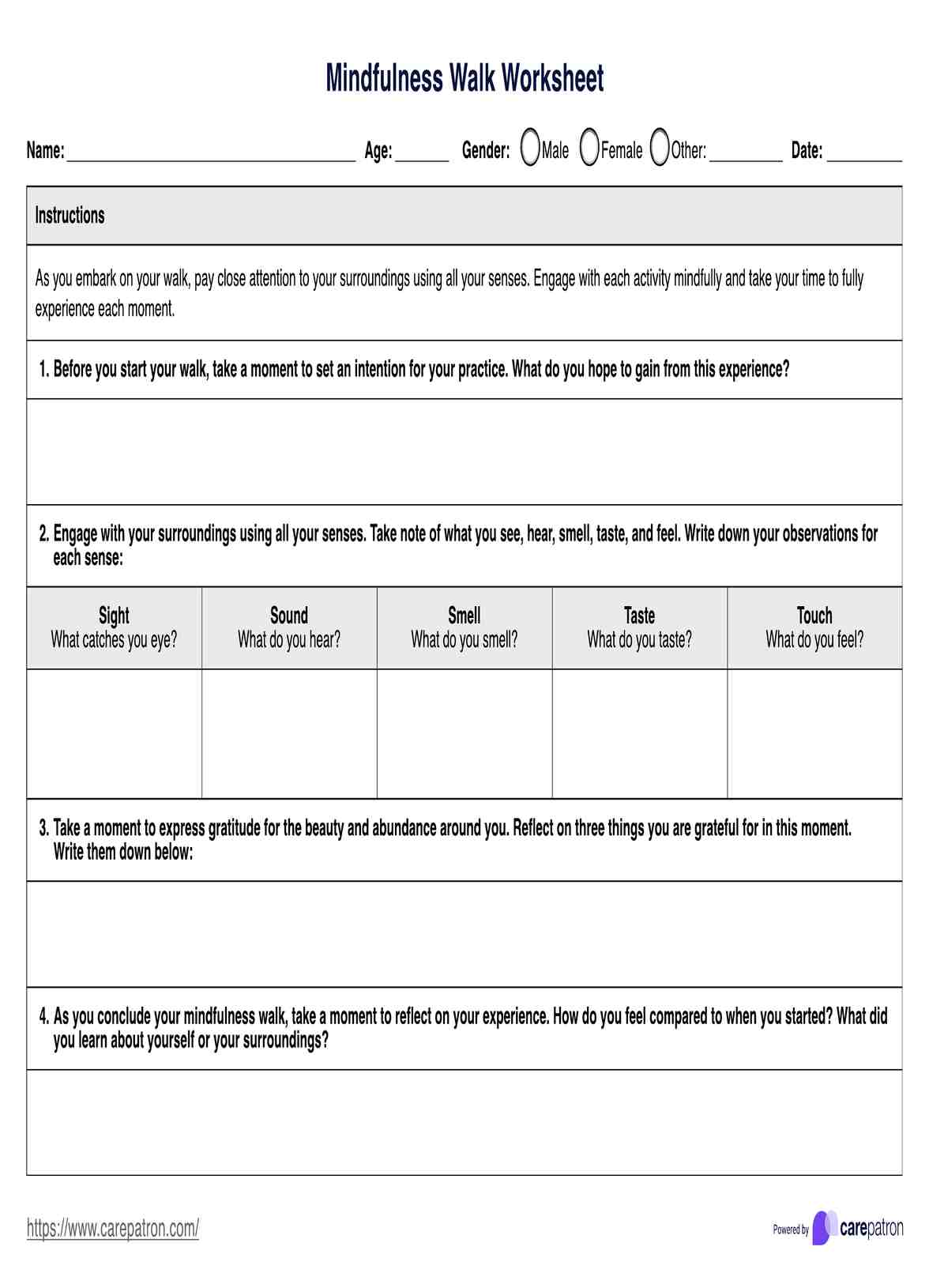
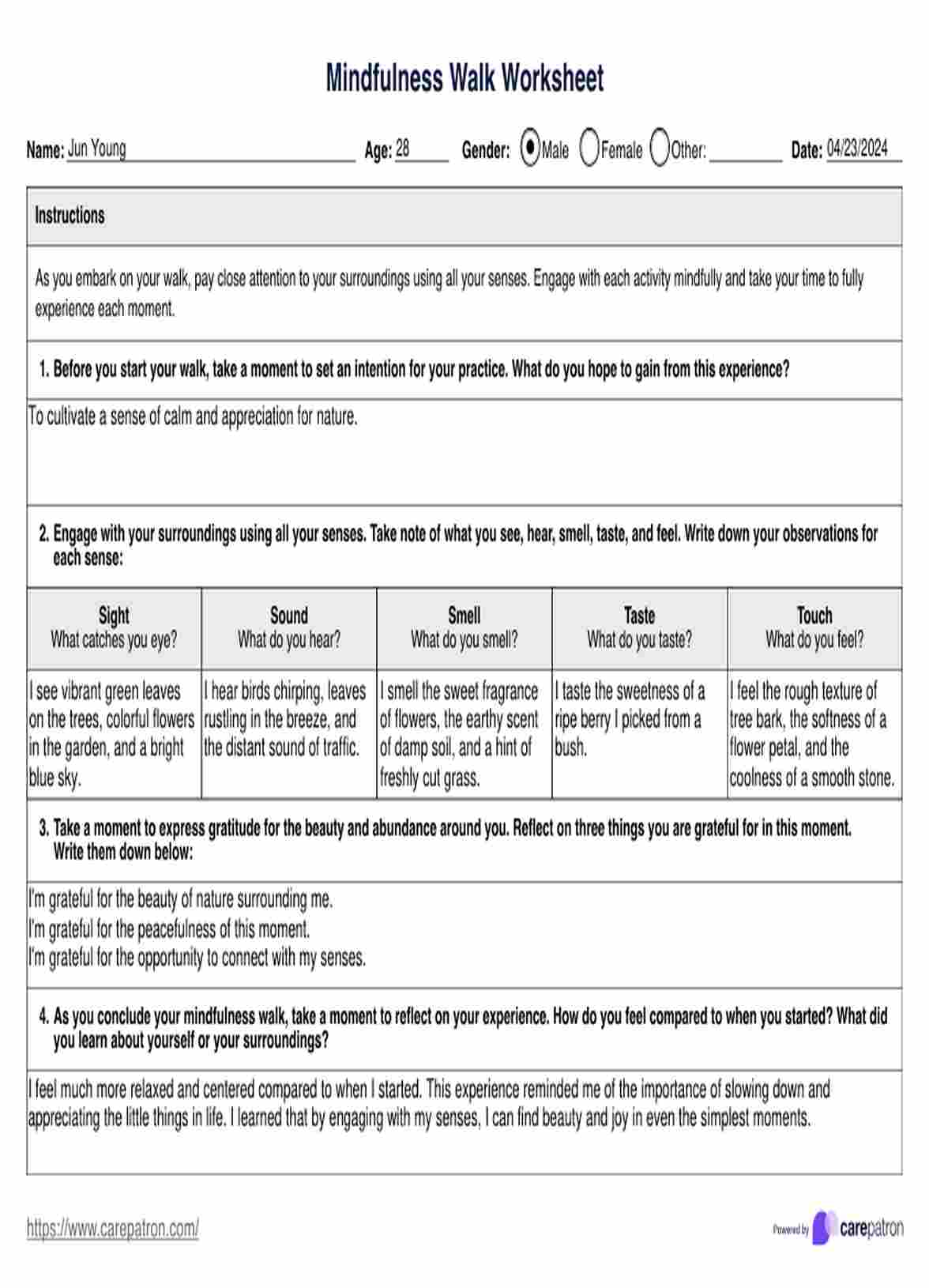

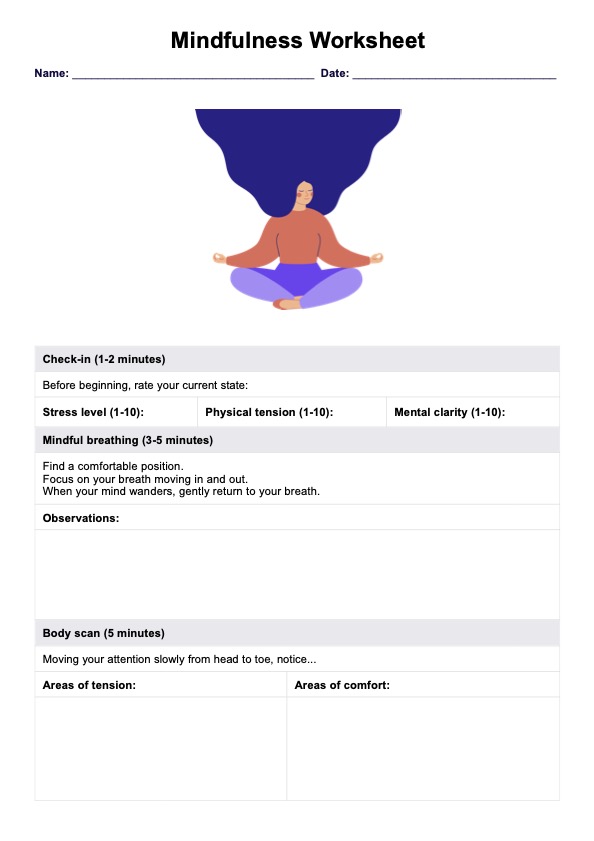
















-template.jpg)



















































































